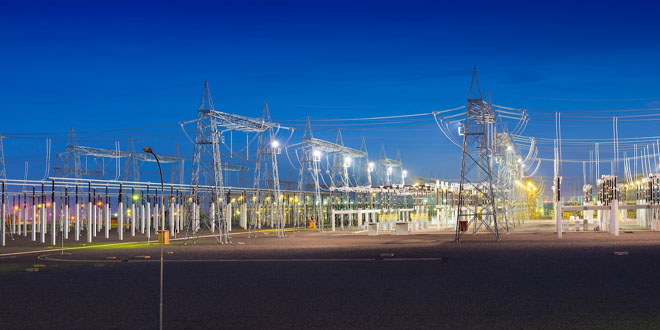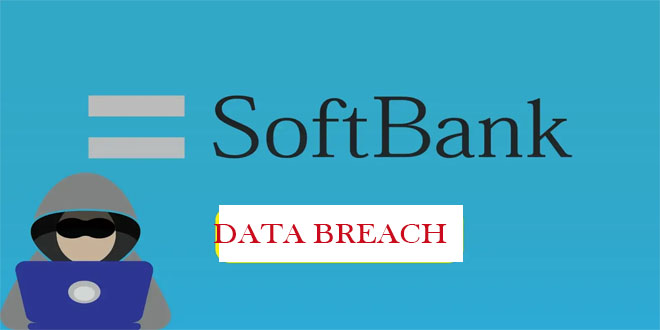Hackers attacked Denmark’s critical infrastructure by compromising 22 energy organizations. This information was revealed by SektorCERT, a non-profit cybersecurity center for critical sectors.
In May 2023, hackers attacked Danish critical infrastructure and compromised several organizations in just a few days. This was the biggest attack of its kind in Denmark so far.
Denmark is frequently attacked. However, it is uncommon to see so many attacks happening at the same time and being successful against the critical infrastructure. The attackers had prior knowledge of their targets and were successful in every instance, according to a report by SektorCERT.
Hackers used various vulnerabilities in Zyxel firewalls to gain access and take control of the affected systems.
16 Danish energy organizations were targeted by threat actors on May 11. The attacks took advantage of a critical OS command execution vulnerability, known as CVE-2023-28771, in Zyxel’s ATP, USG FLEX, VPN, and ZyWALL/USG firewalls. This vulnerability was discovered in late April and has a CVSS score of 9.8.
ALSO READ:
The attackers successfully compromised 11 organizations, executing commands on the vulnerable firewalls to obtain device configurations and usernames. All networks were secured by the end of the day, SektorCERT says.
On May 22, there were new attacks that used different tools and targeted two specific vulnerabilities in Zyxel devices.
CVE-2023-33009 and CVE-2023-33010 bugs were fixed on May 24. Attackers then targeted Danish energy firms on May 24 and May 25.
SektorCERT collaborated with the victim organizations to quickly apply patches and secure the compromised networks once the attacks were identified.
The cybersecurity organization found that one of the attacks was linked to Sandworm, a Russian state-sponsored APT associated with GRU military spy agency.
“In SektorCERT’s three years of operation, we have never seen signs that these APT groups have attacked Danish critical infrastructure. Their activities tend to be reserved for goals that the states they work for want to disrupt due to various political or military considerations,” SektorCERT noted.
Throughout the campaign, some of the vulnerable firewalls were infected with a Mirai the world, cybercriminals developed botnets and used them to carry out distributed denial-of-service (DDoS) attacks on targets in the United States and Hong Kong. May 30, attack attempts against the Danish critical infrastructure exploded – especially from IP addresses in Poland and Ukraine.”
SektorCERT’s report includes attack timelines and suggestions for critical infrastructure organizations to enhance network security.
 InfoSecBulletin Cybersecurity for mankind
InfoSecBulletin Cybersecurity for mankind














